Noise Level and Sound Pressure Level (SPL)
When we hear two or more sounds of different loudness, it is difficult to listen to or hear the lower level sound. This phenomenon is called masking. We can hear conversations at a normal sound level in the office, but we cannot understand these voices at a traffic intersection unless the voice loudness is increased. In contrast, when we set the loudness of radio or TV inside the home to a pleasing level during the day, we may decrease the sound level at night. These are caused by masking effects. To deliver articulate speech to the listening public through a speaker, the loudness level of the speech must be higher than that of surrounding environmental noise. To deliver information through a public-address system, the sound pressure level of it at the received point should be higher than that of ambient noise.

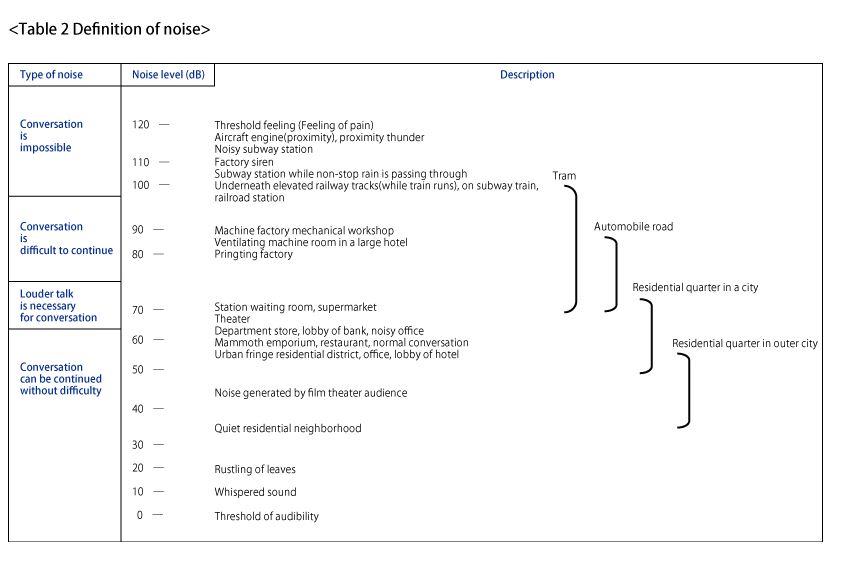
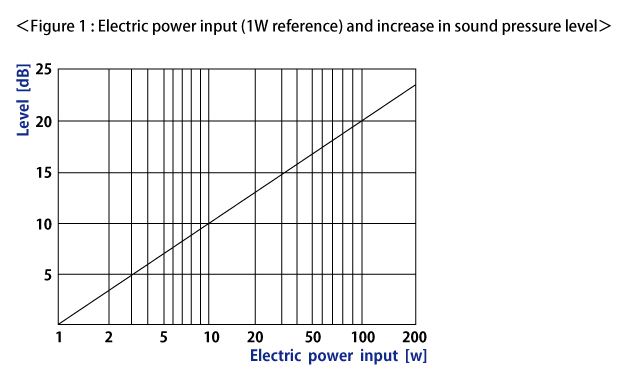
Sound Pressure Level Decreases with Distance
The sound level progressively decreases as it travels from its source. To extend the propagation distance sound output should be increased. When performing a public-address system through a sound system, the distance between the speaker and listening public is a major design factor. As the sound travels from the source (single point sound source) spherically, its sound pressure level decreases inversely with the square of distance, i.e. by 6 dB per square of the distance . Line arrays behave differently with reduced loss over distance.
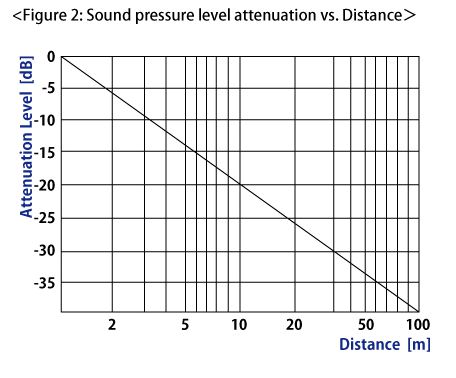
Sound Reverberation and Absorption
Sound in a room reflects off ceilings and floors but some frequencies penetrate through or are absorbed by these materials. Glass, concrete, etc., have high reflectance. In a gymnasium we sometimes hear howling that is caused by reverberation of echo sounds. In contrast, curtains, carpets, etc., easily absorb sound and decrease sound reflection. Clothing also has the same effect. Therefore, in a hall, the same music is heard differently when it is played without an audience and with a full audience. Some music rooms, sound rooms and studios are provided with boards with holes on the walls. These are called perforated boards and function as an acoustic absorber thus helping to reduce reflections at certain frequencies.
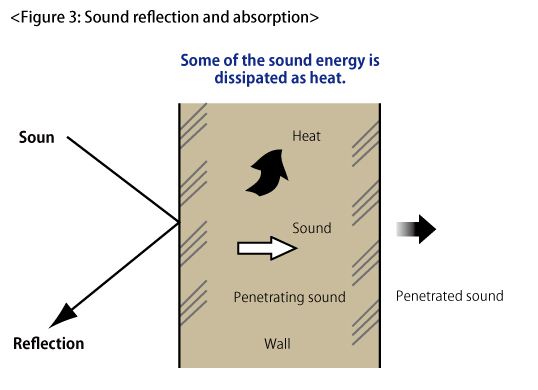
Reverberation
Possible causes: Complicated combinations of direct sound from the sound source and sounds delayed due to reflections from walls, ceilings, floors, etc. When the sound source radiates a sound, the direct sound from it first reaches the sound receiving point followed by sounds slightly delayed and attenuated due to the repeated reflections from walls, ceiling, floor, furniture, etc., in the room.
When measuring a reverberating time, a reference time is used. This is the time required for a sound to decay 60dB. A continuously emitted sound is generated until it reaches a fixed level and then turned off. The time it takes for the signal to reach -60dB from its maximum, is called the RT60.
A person presenting a lecture, talk, play or speech should be clearly heard to recognize the context. A long reverberation time can mask speech consonants making word recognition difficult. In contrast, longer reverberation time may have favorable effects while music is played because the reverberation may enrich the sound, depending on the type or nature of the music sound. Various reverberation times are proposed for creating proper effects depending on the capacity and usage of the room.
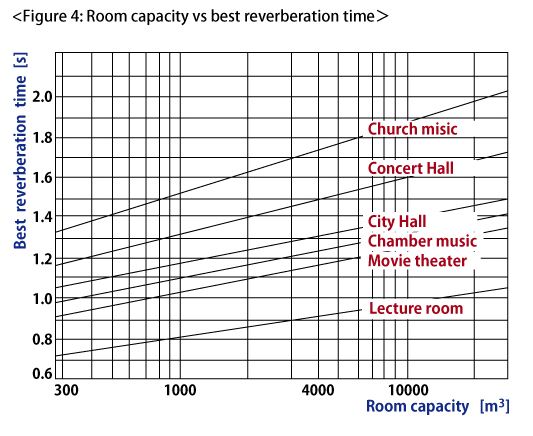
Speech Transmission Index (STI)
In the past, human ears judged the easiness of speech listening. Such judgment is ambiguous and prone to be influenced by individual variations among listeners and the state of voice. The Speech Transmission Index (STI) provides the sound transmission with an objective value, focusing the physical phenomenon of the original sound and interfering noise. In short, the easiness or difficulty of speech listening can be assessed by the resemblance of the original sound wave and transmitted sound wave to ears.
The STI values range from 0 to 1. If the transmitted sound to the ears includes much more reflected sound, (noise), than the original , the STI value decreases toward 0. (poor intelligibility). Contrarily, if the transmitted sound resembles the original sound, containing less reflected sound, the STI value increases up to 1. (good intelligibility) The STI value is generally required more than 0.6 for human speech to be intelligible.
To see the charts and tables to support this document or learn more click here for Soundoh.
Questions? Contact TOA’s Technical Support Department:
technicalsupport@toacanada.com
1-800-263-7639 or 905-564-3570 option 2 or ext. 320
(Available Monday to Friday, 8:30am until 8pm EST)









